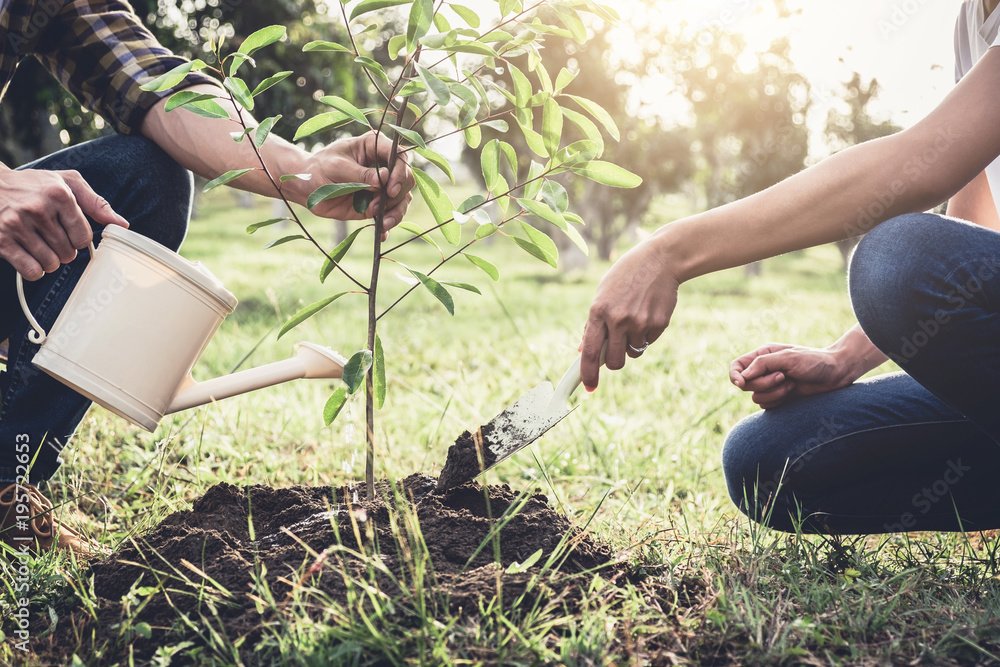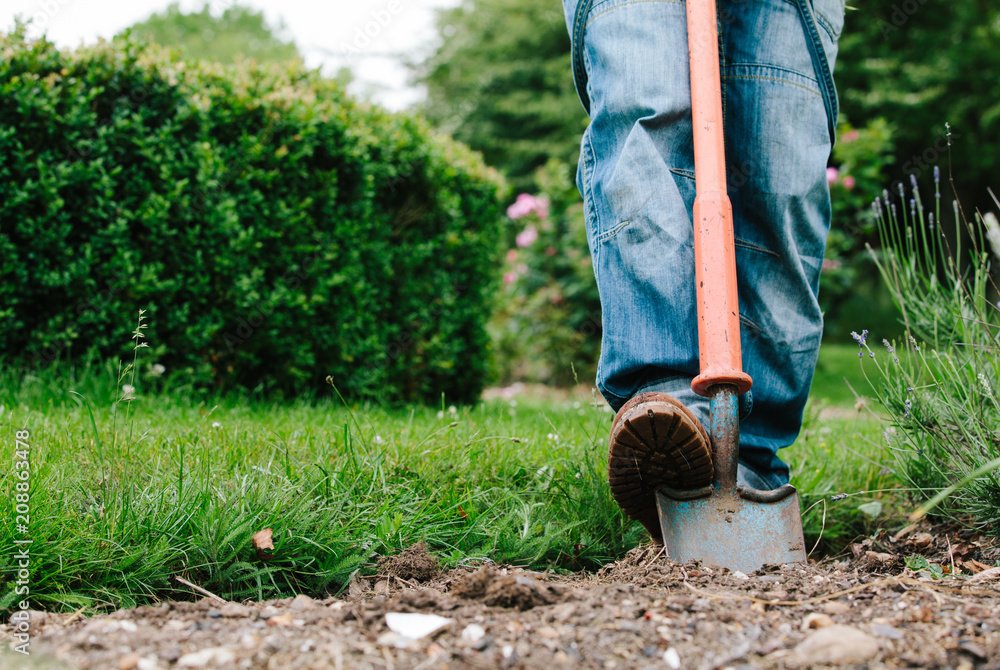Using Plants to Design and Enhance Space
Planting Considerations
Plants can be used in a variety of ways to design outdoor spaces, such as gardens, patios, and landscapes. Here are a few tips for using plants in the design of outdoor spaces:
Use plants to create visual interest: By choosing plants with different leaf shapes, sizes, and colors, you can create a visually interesting and dynamic outdoor space.
Use plants to create privacy: Use tall plants or trees to create a sense of privacy or to screen out unwanted views.
Use plants to define spaces: Use plants to create boundaries and define different areas within a garden or landscape.
Use plants to create focal points: Choose plants with striking foliage or flowers to create visual interest and draw the eye to a specific area of the garden.
Use plants to create a sense of scale: Use plants of different sizes to create a sense of scale and balance within the garden.
Use plants to add texture: Use plants with different leaf textures, such as glossy or furry leaves, to add visual interest and depth to the garden.
By using plants creatively in the design of an outdoor space, you can create a beautiful and functional landscape that reflects your personal style and enhances the overall aesthetic of the space.
Planting Considerations
There are a number of considerations to make when choosing plants for a garden or landscape. Some of the most important include:
Climate: It is important to choose plants that are well-suited to the local climate, as they will be more likely to thrive in the local weather conditions.
Soil type: Different plants have different soil requirements, so it is important to choose plants that are well-suited to the soil type in your garden.
Sun exposure: Different plants have different light requirements, so it is important to choose plants that will receive the appropriate amount of sun for their needs.
Water requirements: Some plants are drought-tolerant and require little watering, while others are moisture-loving and need regular watering.
Size and growth habits: It is important to choose plants that will fit into the available space and will not become too large or overgrown.
Pest and disease resistance: Some plants are more prone to pests and diseases than others, so it is important to choose plants that are resistant to these issues.
Purpose: Consider the purpose of the plants in your garden, whether it be for aesthetics, privacy, food production, or something else.
By considering these factors, you can choose plants that will thrive in your garden and contribute to the overall success of your landscape.
Sun and Soil Considerations
Sun and soil are important considerations when designing a planting plan for a garden or landscape. Some plants require more sun than others, while some are more tolerant of shade. In general, plants can be classified as follows:
Full sun: These plants require at least 6 hours of direct sunlight per day.
Part sun/part shade: These plants can tolerate some shade, but still require at least 4 hours of direct sunlight per day.
Full shade: These plants do not require any direct sunlight and can tolerate low light conditions.
Soil type is also an important consideration when choosing plants. Different plants have different soil requirements, and it is important to choose plants that are well-suited to the soil type in your garden. Some plants prefer well-draining, sandy soil, while others prefer moist, loamy soil. It is also important to consider the pH of the soil, as some plants prefer acid soils while others prefer alkaline soils. By considering the sun and soil requirements of the plants you are considering, you can choose plants that are well-suited to the conditions in your garden and are more likely to thrive.



